Without a doubt, the Conservation Reserve Program is a favorite for sportsmen and farmers—here’s a look at the sweeping changes the 2018 Farm Bill made to this important program
The Conservation Reserve Program helps America’s farmers, ranchers, and forest owners to voluntarily conserve environmentally sensitive land. Thanks to the wildlife habitat benefits of the program, CRP is a household name with landowners and sportsmen in some parts of the country. (At least as much as any of the Farm Bill conservation program acronyms can be.)
Introduced in the 1985 Farm Bill, CRP once supported 37 million acres devoted to conserving soil, water, and wildlife habitat. But Congress reduced the size of the program to just 24 million acres in the 2014 Farm Bill, which forced the U.S. Department of Agriculture to turn down thousands of CRP applications with millions of potential acres for conservation.
The hunting and fishing community pushed long and hard for a major increase to CRP acres in the new Farm Bill. Here’s what happened.
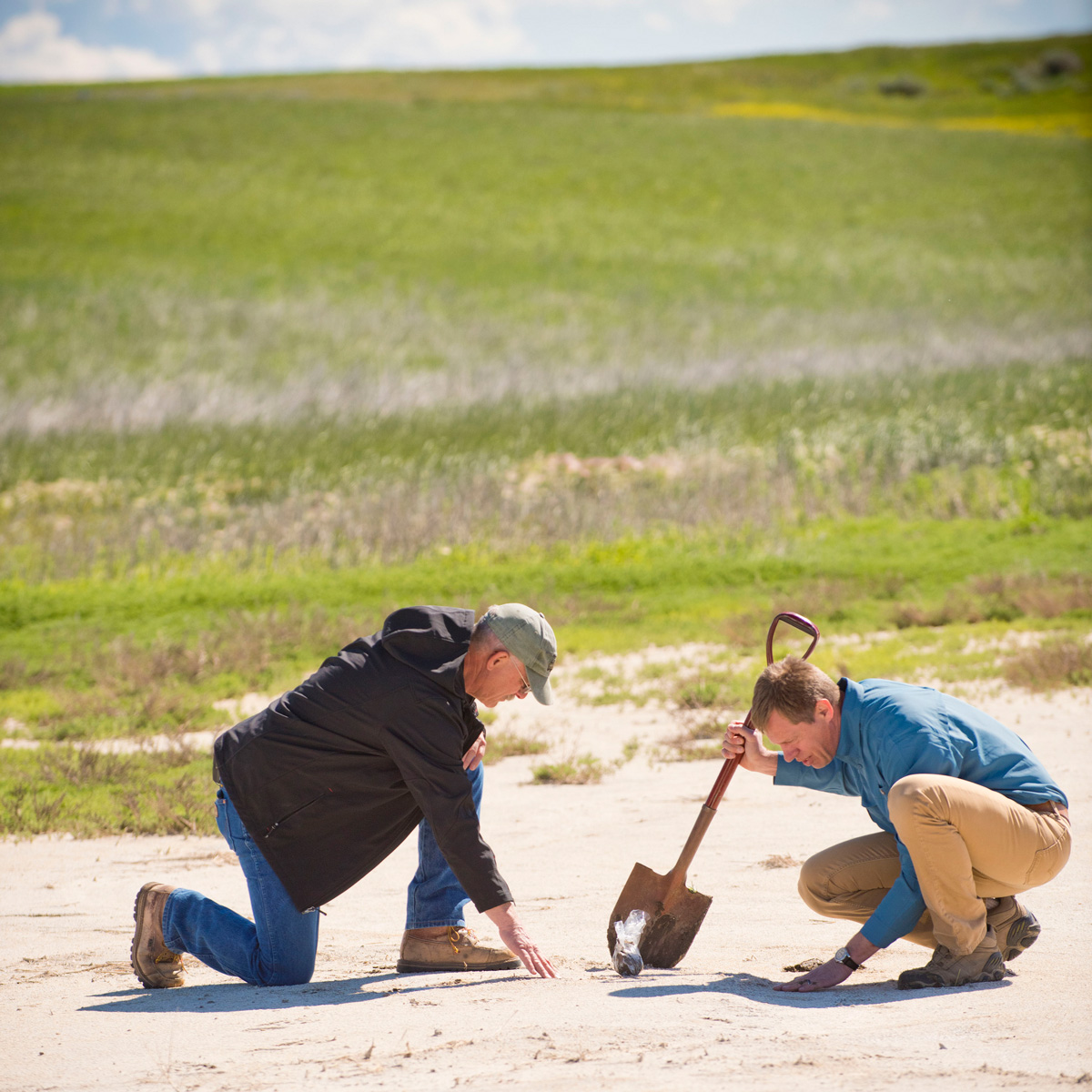
Some Good News, Some Bad News
Fortunately, the 2018 Farm Bill added 3 million acres back into the program, increasing the size to 27 million acres and helping meet landowner demand. But the additional cost of growing the program was paid for by placing a cap on rental rate payments. For general CRP, which typically includes larger tracts of acreage, lawmakers capped rental rates at 85 percent of the county average, while rental rates for continuous CRP on environmentally sensitive lands were capped at 90 percent.
This means CRP will be less likely to outbid beginning farmers who often lease their land from landowners. The downside being that the lower rental rates could lead to a decrease in landowner demand for the program. We remain optimistic that these changes will help keep CRP viable, and the TRCP is working to ensure the program continues to benefit water quality, wildlife, and landowners as the 2018 Farm Bill is implemented.
Other Wins for CRP
The new Farm Bill also calls on the Secretary of Agriculture to target the CRP toward a handful of priorities. This includes enrollment of 30 percent of all CRP acres within continuous CRP, which promotes practices that benefit water and wildlife, such as riparian buffers, filter strips, wetland restoration, and more.
Additionally, the bill directs the Secretary to enroll up to 2 million acres into CRP grasslands, making the program a little more flexible for livestock and grazing operations. The 2018 bill also authorizes the Clean Lakes, Estuaries, and Rivers (CLEAR) initiative and directs the Secretary to maintain at least 40 percent of continuous acres in CLEAR practices focused on improving water quality by reducing farm runoff.
For general CRP, the bill now mandates that the USDA hold annual sign-ups. Considering the last general sign-up was held more than three years ago and had the lowest acceptance rate—about 20 percent—in the program’s history, a mandated sign-up is a critical step toward meeting landowner demand. The legislation also directs the agency to meet acreage quotas based upon historical state enrollments. This mandate will lead to the annual addition of larger tracts of land that are a favorite of upland bird hunters.
Combined, we achieved some meaningful legislative changes in the 2018 Farm Bill that help connect landowners with CRP’s conservation tools and extend the program’s benefits to water and wildlife. But future Farm Bills could do even more for CRP—the demand is there.
For a look at the other improvements the 2018 Farm Bill made for conservation, click here.

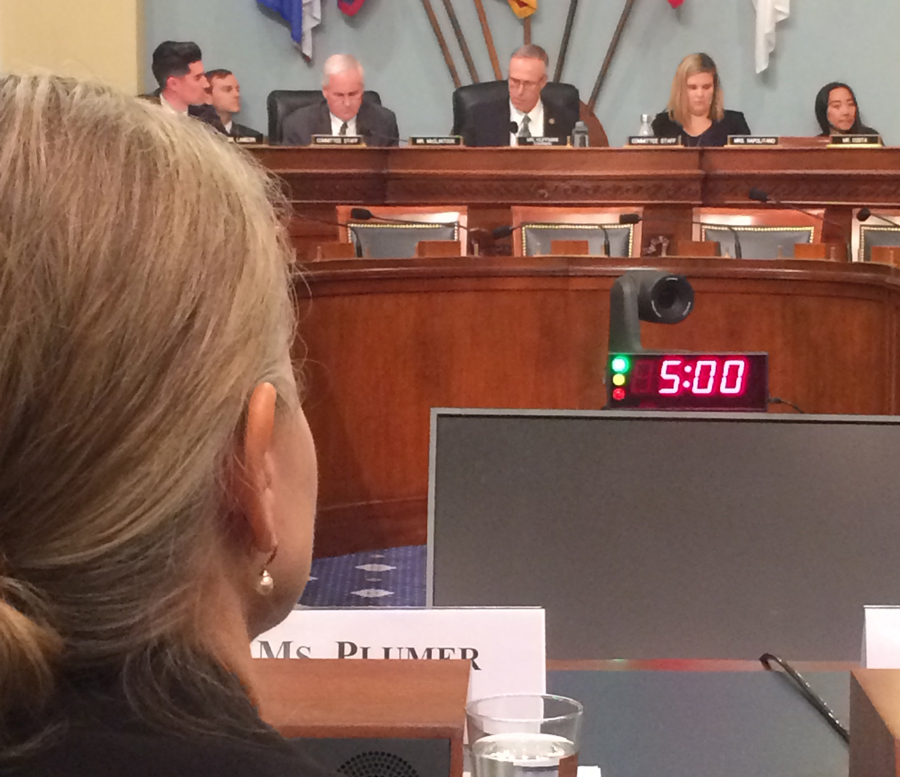
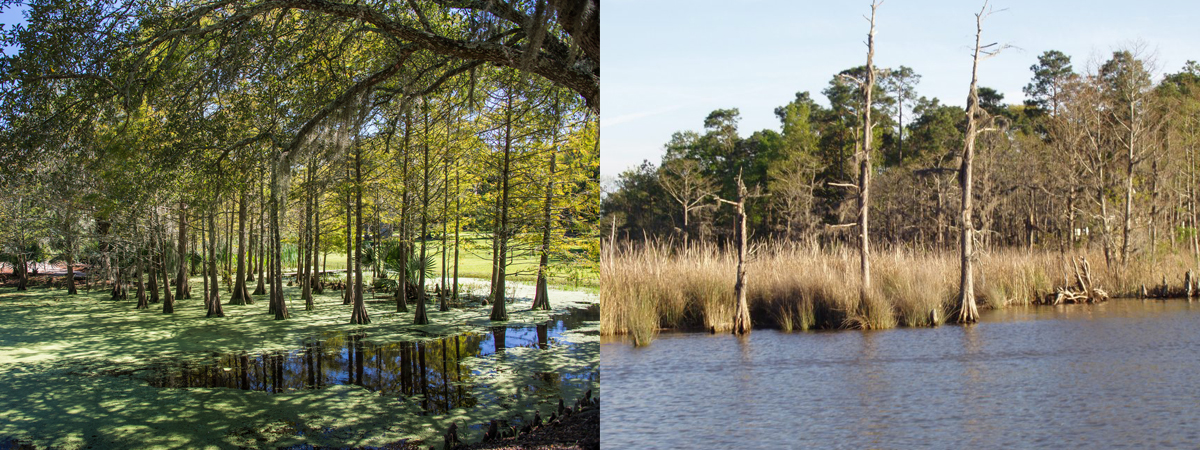
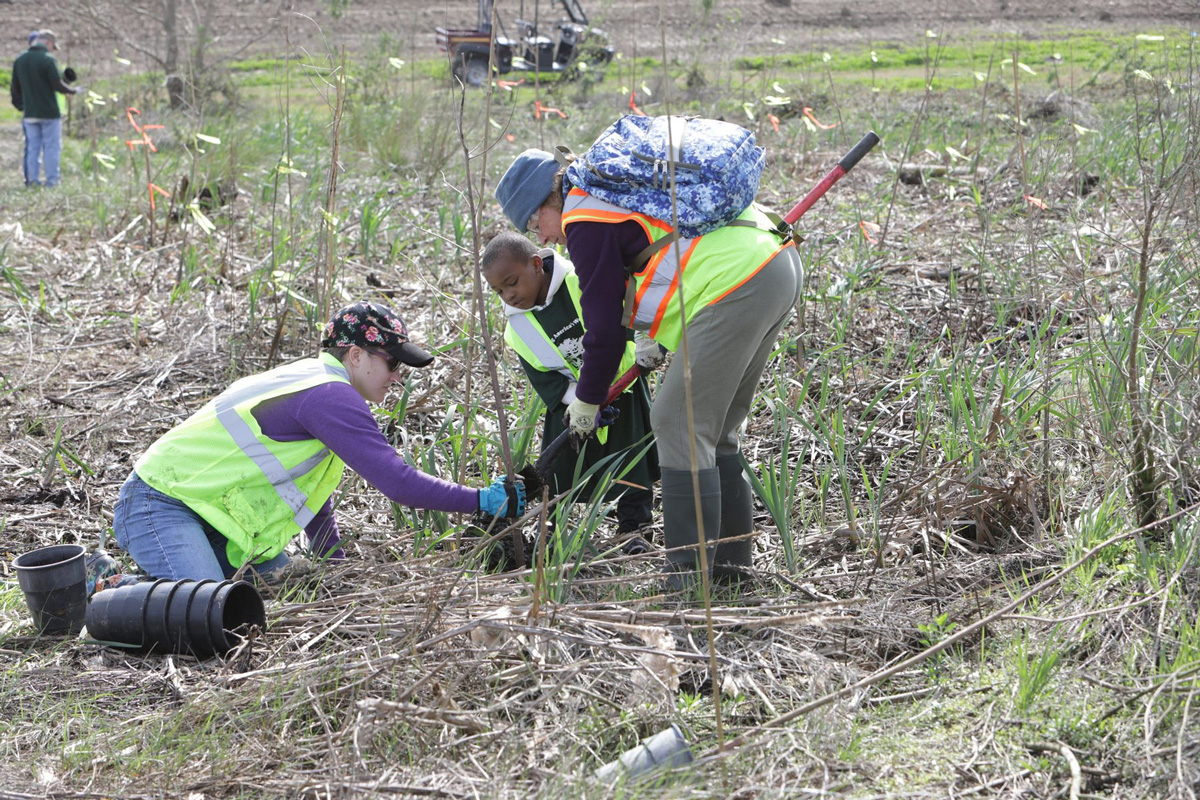
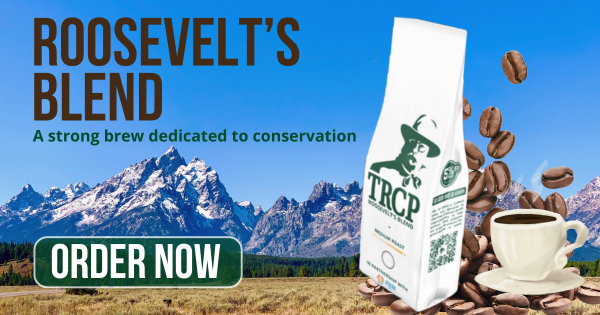



I’ve never liked the CRP program. It funnels taxpayer money to the hands of the already rich. Private landowners charge thousands per day for other wealthy people to hunt. It’s one big welfare program for the wealthy. It violates the NA Model. It’s time to take the profit out of hunting.
I’m an avid hunter, but I really do not believe the CRP is for hunters. It seems directed at preserving land for wildlife that would otherwise be farmed. I look at it more as a program to provide habitat for wildlife. It provides incentive for landowners to sustain wildlife habitat.
Clearly your lack of education, understanding & experience with this program is appalling!
I think your perception of the landowners that enroll cropland into CRP is a bit off. There is an Adjusted Gross Income (AGI) limit that ensures that corporations are not allowed to enroll and there’s an annual payment limit of $50,000/landowner so they can’t enroll all of their acreage.
And I’ve yet to meet a “rich” farmer. Some of them are “dirt rich, cash poor” and their income/revenue might look relatively high (maybe $500K/yr), but they also carry a tremendous amount amount of debt for land, equipment, seed, chemicals, etc so at the of the day their margins are tight and they barely make enough to support their family.
And I’ve not seen any CRP landowners charging thousands of dollars to hunt those acres. Typically, those high $/ac leases are on native rangeland, not cropland that was planted to a conservation cover.
CRP is a win-win-win for farmers, business owners, wildlife, the environment, and especially hunters. CRP provides land critical to wildlife, particularly for pheasant brood rearing.
Abundant pheasant numbers draw abundant numbers of pheasant hunters. Large numbers of non resident hunters bring an influx of dollars for local economies. Farmers have a financial incentive to not farm marginal farmland. CRP provides waterway buffers to absorb chemicals from farm fields. The list goes on. CRP is not farmer welfare. In fact, I believe the many returns more than offset the investment.
The goals of the CRP are great but the enrolled lands are frequently the least productive that a land owner has. When commodity prices rise the farmers take the land out of CRP and wipe out the habitat improvements that were paid for by CRP and other USDA programs. If the goal is long term habitat, erosion control, water quality and flood reduction it would be less expensive to buy these lands outright and turn them over to a federal, state or local conservation agency. Like other USDA programs CRP is a conduit for federal money to the agricultural community first with long-term fiscal and conservation goals a distant second.
We dont have CRP in California. We also have gone from a top Wild pheasant state to one of the worst. Protect your heritage or they will steal it. CRP is good. Clean farming is bad news.
CRP is the best wildlife habitat program this country has ever established. In my 35 years of hunting upland, waterfowl, and big game in ND, MN, SD, IA, NE and WY…the most abundant quantity of game was directly correlated to CRP average. Wildlife numbers recovery after severe, area killing weather events was remarkably quick in locations with high CRP density. That being said, som sai’s comment above is on the mark as over the last 20 years the wealthy hunter, outfitter model has largely dominated the opportunities provided by CRP enrollment. Without mandated public access to the acreage increasing the game numbers, provided by the taxpayers, there really is only about a 5-10% increase in the common man’s (me and hundreds of thousands of others) opportunity to benefit/chase that game. Thus, without access, there is little to no benefit, except the rich get richer, literally and figuratively.
One more note: The argument or observation that mostly marginal land gets put in the program doesn’t hold water…habitat, especially CRP habitats, are a boon to wildlife reproduction and sustainability no matter the quality of acerage enrolled because with today’s shoulder to shoulder farming practices the game has no where else to survive.
If rental rates do not come closer to what average crop rental rates are the signup for 2020 will not be very good.
The 15% reduction killed any thoughts of re-enrolling by all my farmer neighbors. Loss of CRP has been critical to populations of grouse and other sporting birds. Thanks TRCP for being an advocate for this important conservation program. R
First of all, a covey of quail or a nesting hen ring-necked pheasant doesn’t know or care who owns the land-they just need upland habitat that’s well managed. Like or not, species who range(s) must include cropland and rangelands have to compete against crop (over?) production interests. If we’re gonna ask producers to be good stewards and divert cropland from production, they must be compensated fairly. We all benefit from the impacts of CRP; therefore, we should all share in the cost, hunters and non-hunters alike.
Details regarding sign-up have yet to be made available to FSIS as of this date ( May 1, 2019). Thus no opportunity for farmers to make timely decisions regarding 2019 cropping. I called my Senator’s office ( Debbie Stabenow – immediate past president of the senate ag committee and current ranking member) to inquire about the schedule to unveiling the CRP details. Her staffer told me to call the department of agriculture…that’s what I call doing the minimum for your constituents. We’re on our own boys!
My brother has had part of his farm in the Ohio CRP program for years. He works a second job and farms his average small family farm. This year though has been a nightmare for him with bad weather and repeated flooding and replanting and even more flooding. He couldn’t even plant corn because of the late rains. He depends on CRP for part of his income and things were fine until this year. His CRP renewal has been held up because of bureaucrats and now, unless something really drastic happens, it looks like he won’t be renewed for next year even though he jumped through all of the hoops to maintain the grassland which protects the river and the drinking water supply for the cities downstream. He did everything he was supposed and is getting passed over because of government officials messing around. He wonders how he is supposed to go back to farming ground that has been in switch grass for years. He is older and can’t just buy new farming equipment. He is so upset and worried about this mess and uncertainty that he his pondered out loud about ending his life. Yes, he said it front of me in a fit of frustration. I think other farmers are probably in an equally troubling situation. How do these government bureaucrats sleep at night when they just recklessly destroy a farmer’s means of making a living after all of the work he did to belong to this CRP plan? Is this how conservation works? What about the farmers who are getting screwed over. Isn’t the suicide rate among farmers already way higher than average without government bureaucrats making their lives worse?
Hi dollar land brought on by hi dollar corn had the big boys over investing. Now they want CRP cut back 15% so they can rent cheap farm land!
In my area the crowd is too wooly for pheasant and quail, only good turkey and not many turkeys killed therefore they are a nuisance. Rich city people own the crp land , usually lease the hunting to an outfitter who thinks he is a god. Most of the crp does not benefit the community.